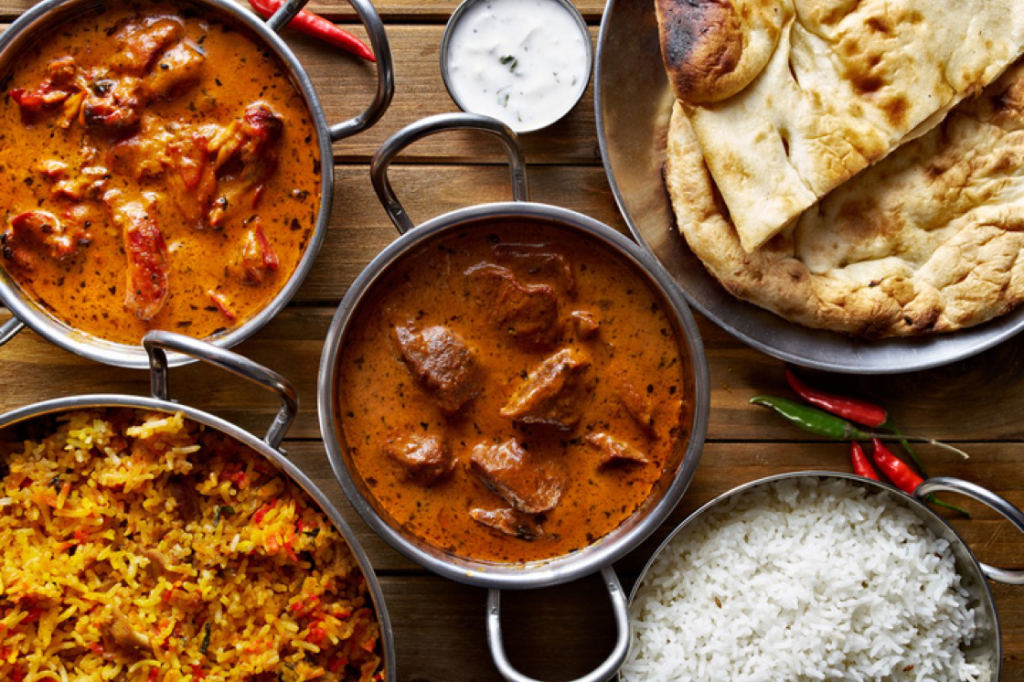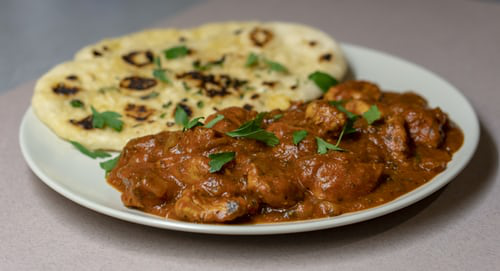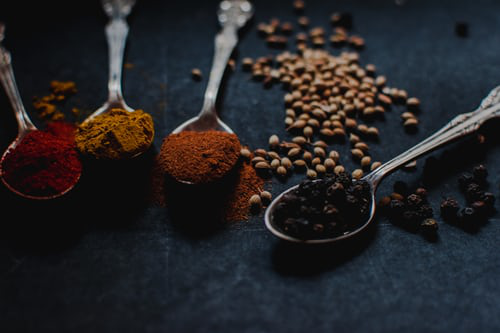
At Bombay Darbar Restaurant our customary clients can’t help thinking about how did Indians began utilizing flavors or began cooking with flavors.
Indian food has one of the most charming history with regards to its center. It is rich with outside impacts and intriguing fixings. Outside cuisines impact so numerous Indian bites; from Persian and Central Asian to Arab and Mediterranean. The absolute most mainstream ones are really imports like samosas, jalebis, and gulab jamuns.
Presently, here are intriguing realities:
1. Indian Cuisine is Diverse and Regional
Since India is immense and different, you can’t anticipate only one kind of Indian food. The more the way of life, the more varieties of Indian cuisine. From north to south, from east to west, and even the center India has distinctive local dishes obviously dependent on their locally accessible fixings. Outside India, northern Indian food is the thing that we are acclimated with, for example, thick curries, rotis and suppers enhanced with garam masala zest blend. The north Indian cuisine is less fiery, and curries are creamier contrasted with what you can see in southern cuisine which is by and large more blazing, including more slender dishes like stews and a lot of lentils and rice.
2. Three classifications of food
There are three essential classifications of food according to India’s old restorative framework, Ayurveda, and they are Satvic, Rajasic, and Tamasic. Satvic food would include all the regular and negligibly prepared food, individuals thought about it to have a sanitizing, quieting, and constructive outcome on both body and brain. Rajasic food is by and large slick and hot, which is accepted to drive desire, rivalry, and egocentric pursuits. Tamasic food is excessively prepared, making it hard to process and harmful that effectively affects the body and brain.
3. History of pepper

Dark Pepper from the territory of Kerala had its range to the abroad, during old occasions the zest was known as the ‘Dark gold’ and hence held quite a bit of significance in various pieces of the world. In any case, a stew that is known as one of India’s staples is currently one of the world’s driving bean stew powder makers. Being so mainstream as a piece of India it is really not local to the subcontinent. It was acquainted with Indians by the Portuguese in the fifteenth century.
4. Miami has more Indian restaurants than Mumbai
The absolute first lawful Indian restaurant opened in the U.S. in 1809. Since the time Indian food had picked up fame among the Americans, and it was accounted for that Miami has more Indian restaurants than Mumbai, an Indian state itself.
5. Chicken Tikka Masala is really a non-local Indian dish

The exemplary Indian dish chicken tikka masala is a non-Indian dish. It was developed in Scotland, due to having no competition and expanding ubiquity it got inseparable from genuine Indian cuisine across the U.S.
6. Indian cuisine and zest go connected at the hip.
India delivers the most assortments of species in the entire world which acquired it the name ‘The Land of Spices.’ India produces over 70% of the world’s flavors, and it is additionally home to a more noteworthy assortment of flavors than some other on the planet. So on the off chance that you are employing a cooking administration in Miami, recollect that you are in for a great deal of zest.
7. Historic staple eating regimen
India has been developing similar class of grains and beats and has been burning-through it for a large number of years. Staple nourishments like lentils, entire wheat flour, rice, and millet have been a piece of the Indian eating regimen from around 6000 B.C.E.
8. Indian Cusine is a Blend of 6 Flavors in Harmony

Real Indian cuisine adjusts six unique flavors: sweet (madhura), pungent (lavana), sharp (amala), impactful (katu), Bitter (tikta) and astringent (kasya).
9. Non-local Indian food
Each Indian’s number one Gulab jamun first existed in the Mediterranean district, and it was called by the name of Luqmat al Qadi, much before it came to India. Gulab Jamun is as yet remembered for practically all Indian food cooking administrations as a treat. The samosa was started in the Middle East much before the thirteenth fourteenth century when it came to India. Daal Chawal/Daal Bhaat was really started in Nepal.
Visit Bombay Darbar Restaurant in Miami and Fort Lauderdale.